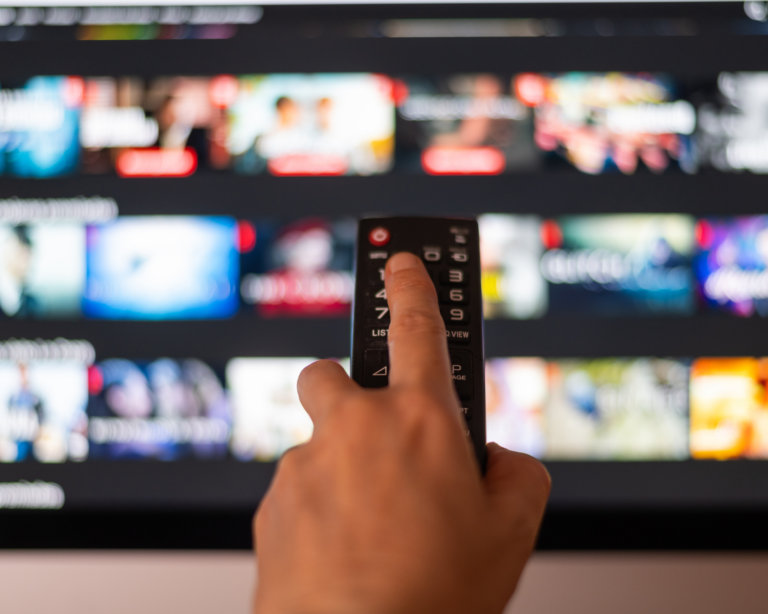Ads on Television Streaming Apps Shape Latino Health Disparities
Spanish-language broadcasts tend to feature more health-adverse TV ads compared to English-language broadcasts.

Read Time: 3 minutes
Published:
Decades of public health research have shown that traditional advertising on billboards and radio can influence our health. In the era of digital media, current research reveals how television streaming apps pose new risks.
In 2023, I published an article in Public Health Post sharing findings from a Houston-based study of TV advertising across Spanish and English-language networks on YouTube TV. The study found more health-adverse advertisements and fewer health-beneficial advertisements on Spanish-language broadcasts compared to English-language broadcasts, particularly for unhealthy food and beverages and alcohol.
We recently published a new study in the American Journal of Preventive Medicine examining New York City-based primetime TV advertisement clips from Telemundo and Univision networks (Spanish) and NBC and CBS networks (English) on YouTube TV. We studied 9,314 total advertisement clips and added advertising categories including health insurance and medical centers in addition to alcohol, foods and beverages, mental health, tobacco prevention, and pharmaceuticals.
More restrictions for digital media advertisements are urgently needed to promote health.
As in Houston, Spanish-language broadcasts in New York City had more health-adverse TV advertisements for junk food and alcohol and fewer health-beneficial TV advertisements like vaccines or health insurance compared to English-language broadcasts. Specifically, Telemundo/Univision broadcast 5 more alcohol and 13 more unhealthy food and beverage advertisements per hour of total TV advertisement time than NBC/CBS. Telemundo/Univision broadcast 1 less mental health, tobacco prevention, and health insurance advertisement, and 6 fewer pharmaceutical advertisements compared to NBC/CBS.
Disparate marketing of junk-food and alcohol influences our choices as consumers. It also takes marketing time away from beneficial advertising for health, such as public service announcements, social marketing campaigns, and health products. For example, viewers who are not exposed to advertising of Doritos and beer, and who instead see fresh fruits, vegetables, and reminders to get vaccinated, experience an overall healthier digital media environment and behavior.
The disparities observed on YouTube TV may be just the tip of the social media iceberg if we consider how targeted advertisements have taken over our digital platforms for socializing, gaming, and content streaming. Greater attention to health communication research is needed. For example, national health surveys do not include diverse language or cultural and technological media use questions. Introducing these and other measures in national data can help further the study of media’s influence on population health.
Our research in Houston and New York City highlights how inequities in communication policies, programs, and practices can contribute to poor health. Who might be responsible for the drivers of these inequities? Our study directs attention to corporations led by powerful, advantaged actors who have created an overall poor culture of health for our communities to maximize profit, influence, and reach. These strategies then influence health and health care knowledge, norms, and behaviors.
More restrictions for digital media advertisements are urgently needed to promote health. The state alcoholic beverage control agencies—along with the Food and Drug Administration, the Federal Communications Commission, and the Alcohol and Tobacco Tax and Trade Bureau—monitor the ban of tobacco advertisements, and to some extent, alcohol advertisements to youth. The FDA also monitors direct-to-consumer advertising of pharmaceuticals. However, current regulation by these agencies does not prohibit inequitable advertising practices on media in other languages, and monitoring of social media and streaming apps which advertise alcohol to minors. The content in advertising also needs to be regulated. Coalitions such as Children’s Food and Beverage Advertising Initiative can help pressure government agencies to act. Still, updated regulation by government agencies is especially required to meet current public health needs.



